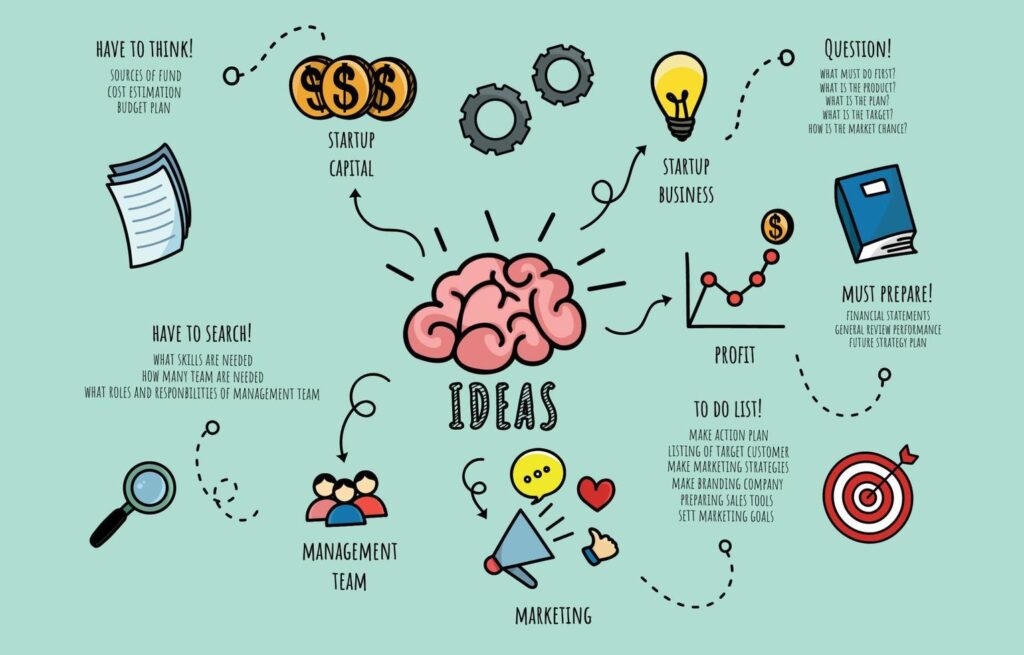Mind mapping is a versatile visualization technique that can significantly enhance the effectiveness of software development projects. By visually representing ideas, relationships, and dependencies, mind maps offer numerous benefits throughout the project lifecycle.
Brainstorming and Requirement Gathering
Idea generation:
Mind maps encourage divergent thinking and help teams capture a comprehensive range of ideas and possibilities.
Relationship identification:
By connecting related concepts, mind maps facilitate the identification of dependencies and interconnections between different features and functionalities.
User-centric design:
Mind maps can be used to create user journeys and identify key pain points, ensuring that the final product aligns with user needs and expectations.
Project Planning and Design
Task decomposition:
Complex projects can be effectively decomposed into smaller, more manageable tasks, enabling more accurate time estimation and resource allocation.
Dependency identification:
Mind maps facilitate the identification of dependencies between tasks, ensuring that the project timeline remains on track.
UI/UX design:
Mind maps can be used to create sitemaps and user flows, helping to ensure that the user interface is intuitive, user-friendly, and aligned with project objectives.
Testing and Debugging
Test case generation:
Mind maps can be used to create comprehensive test cases, ensuring that all potential scenarios are covered and risks are minimized.
Bug tracking:
Mind maps can help teams visualize complex bugs and identify potential root causes, facilitating efficient troubleshooting and resolution.
Collaboration:
Mind maps can be shared and edited collaboratively, fostering effective communication and teamwork among development and testing teams.
Additional Benefits
Improved communication:
Mind maps can enhance communication by providing a visual representation of complex ideas and concepts.
Enhanced collaboration:
Mind maps can facilitate brainstorming sessions and encourage teamwork, leading to more innovative and effective solutions.
Knowledge retention:
Visualizing information can improve knowledge retention and recall, ensuring that project insights and learnings are preserved for future reference.
Risk management:
Mind maps can help teams identify potential risks and develop mitigation strategies, reducing the likelihood of project delays or failures.
Decision-making:
Mind maps can aid in decision-making by providing a clear overview of options, potential consequences, and trade-offs.
Problem-solving:
Mind maps can be used to break down complex problems into smaller, more manageable components, making it easier to identify solutions.
Innovation:
Mind maps can stimulate creativity and innovation by encouraging teams to explore different perspectives and possibilities.
In conclusion, mind mapping is a strategic tool that can be used throughout the software development process to improve efficiency, collaboration, and the overall quality of the final product. By leveraging the power of visual representation, teams can enhance their ability to brainstorm, plan, design, and test software solutions.



